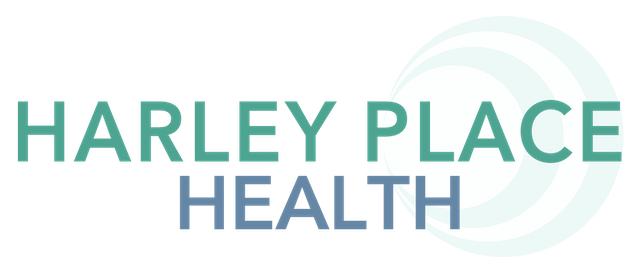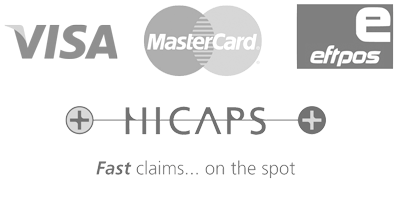Shockwave Therapy: A Modern, Evidence-Based Approach to Pain Relief and Healing
Shockwave therapy — also known as extracorporeal shockwave therapy (ESWT) — is a non-invasive treatment that uses acoustic sound waves to stimulate the body’s natural healing processes. It’s widely used by osteopaths, physiotherapists, and sports medicine doctors to treat stubborn tendon and joint pain that hasn’t improved with traditional care.
Over the past decade, research has shown that shockwave therapy can significantly reduce pain, improve movement, and promote tissue repair in a wide range of musculoskeletal conditions. If you’ve been experiencing ongoing tendon or muscle pain that persists despite treatment, this therapy may help reactivate your body’s natural healing ability.
What Is Shockwave Therapy?
Shockwave therapy involves a handheld device that delivers targeted sound waves into the affected area. These waves penetrate deep into tissues, helping to restart healing in tendons, ligaments, and muscles that have become slow or resistant to recovery.
There are two main types of shockwave therapy:
Focused Shockwave Therapy (fESWT): Concentrates energy into a small, precise area. Ideal for treating deeper structures such as the rotator cuff tendons or calcific deposits in the shoulder.
Radial Shockwave Therapy (rESWT): Disperses energy over a wider area, making it suitable for more superficial conditions such as tennis elbow, knee pain, or plantar fasciitis.
Both forms are safe, well-researched, and effective when appropriately tailored to the specific condition and tissue depth being treated.
How Does Shockwave Therapy Work?
Think of shockwave therapy as a “reset” for your body’s repair system. When these sound waves interact with tissue, they create controlled micro-stimulation that triggers the body’s natural healing response.
Scientific studies show that shockwave therapy can:
Increase blood flow and oxygen delivery to damaged tissues
Stimulate collagen production and fibroblast activity — key for tendon and ligament repair
Break down scar tissue and calcium deposits (e.g., in calcific shoulder tendinopathy)
Reduce pain by desensitising nerve endings and modulating inflammatory molecules such as substance P
Promote angiogenesis (new blood vessel formation), improving long-term tissue health and resilience
What Conditions Can Shockwave Therapy Help Treat?
Shockwave therapy has strong clinical evidence for several chronic musculoskeletal conditions, particularly those involving tendons, ligaments, and fascia. It is especially effective when symptoms have persisted for more than three months or when other conservative treatments have plateaued.
Research supports its use for conditions such as:
Rotator cuff tendinopathy: Reduces pain and improves shoulder mobility, especially in cases with calcification.
Tennis elbow (lateral epicondylitis): Improves grip strength and decreases pain compared to placebo.
Knee osteoarthritis: Helps reduce pain and enhance joint function in mild to moderate cases.
Plantar fasciitis: Demonstrates structural improvements and progressive pain relief.
Achilles tendinopathy: Particularly effective when combined with a strengthening program.
Patellar tendinitis (jumper’s knee): Aids recovery from sports-related overuse injuries.
Greater trochanteric pain syndrome: Decreases lateral hip pain and improves mobility.
Overall, shockwave therapy is most effective for chronic or recurring pain conditions where natural healing has slowed. When integrated into a comprehensive treatment plan, it can accelerate recovery and restore long-term function.
What to Expect During a Session
A typical session lasts around 15–20 minutes and includes:
A brief assessment and discussion of your symptoms
Application of a conductive gel to enhance sound wave transmission
Delivery of short, controlled pulses to the affected area using a handheld device
You may feel mild discomfort or a tapping sensation during the session, but the treatment is generally well-tolerated and requires no anaesthetic. Afterwards, you can return to regular activity, with only minor tenderness possible for a day or two.
Treatment Duration and Results
Most patients require between 3 and 6 sessions, spaced roughly one week apart. Many notice improvement after just two or three treatments, with ongoing progress over subsequent weeks.
Because shockwave therapy works by stimulating natural tissue repair, results continue to develop even after your final session. Clinical research shows:
Pain relief typically increases gradually over several weeks
Mobility, strength, and function continue to improve beyond the treatment period
Side effects are mild and short-lived (e.g., temporary redness, swelling, or tenderness)
Safety and Evidence
Shockwave therapy is backed by over 80 peer-reviewed clinical studies, including randomised controlled trials and systematic reviews. When administered by trained practitioners, it is extremely safe, with serious complications being exceedingly rare.
It is not recommended for use over open wounds, infections, or during pregnancy; however, it is otherwise well-tolerated by most patients.
Integrating Shockwave Therapy with Osteopathic Care
At Harley Place Health, shockwave therapy is part of a holistic, evidence-based approach to managing musculoskeletal pain. When combined with osteopathic treatment, tailored exercise programs, and lifestyle guidance, it helps restore normal movement, reduce pain, and promote long-term recovery.
Shockwave therapy is not a “quick fix” — it’s a scientifically validated tool that works with your body’s biology to restore balance and function where healing has stalled.
If you’ve been dealing with ongoing tendon or joint pain, speak with your osteopath to find out whether shockwave therapy could be a valuable part of your recovery plan.



